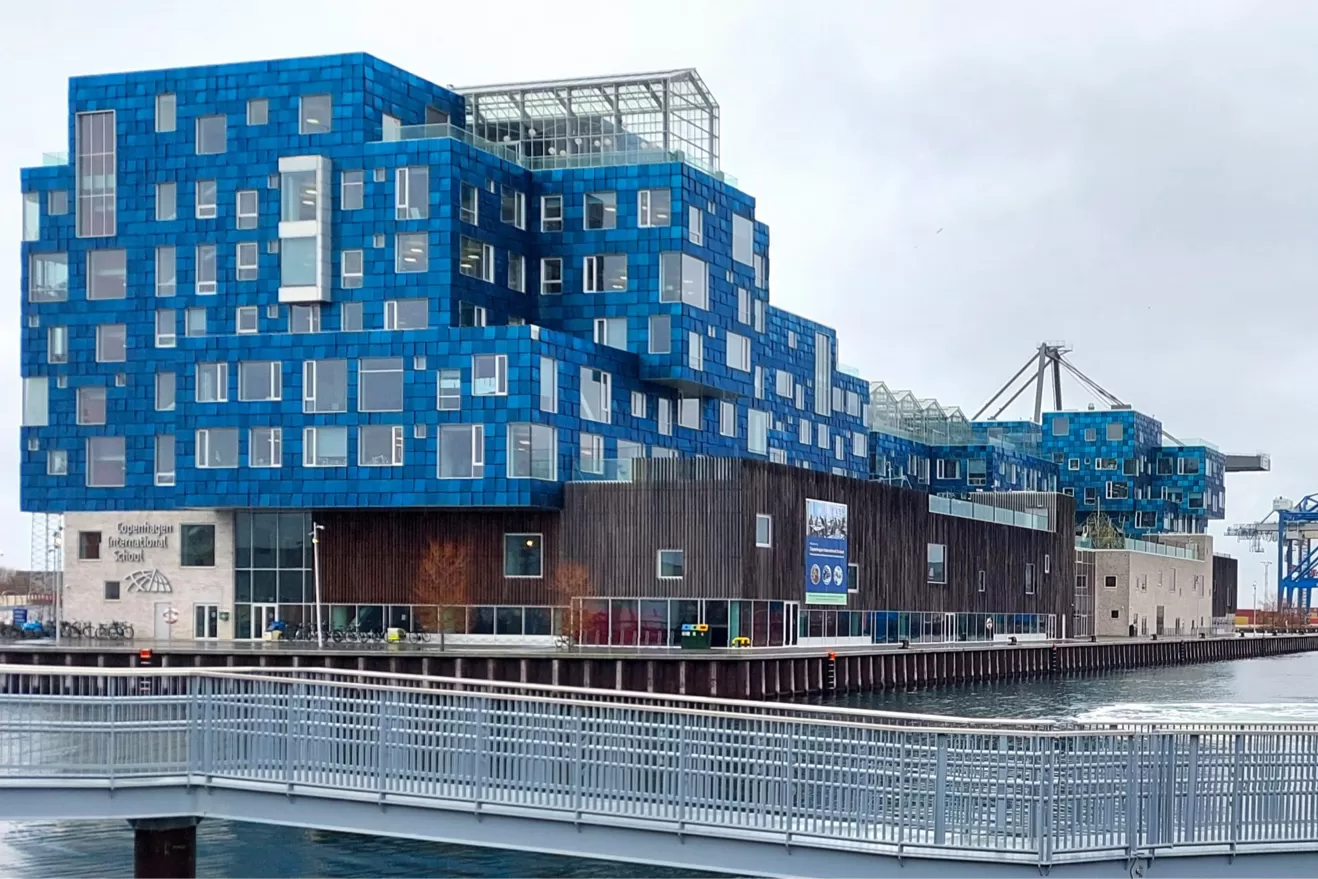
Danish Architecture:
A Bold Blend of History and Innovation
Copenhagen, Denmark.
Denmark's architecture is both rich in history and firmly modern. This Nordic country has managed to strike a harmonious balance between traditional architectural heritage and cutting-edge contemporary designs. From iconic 17th-century architecture to daring and sustainable structures today, Denmark offers a unique architectural experience.
Traditional Danish architecture is mainly characterized by the baroque and rococo styles of the 17th and 18th centuries. This is evident in the numerous castles and palaces that adorn the Danish landscape. Rosenborg Castle is a magnificent example of Dutch Renaissance architecture, with imposing towers, well-maintained gardens, and richly decorated interiors.
Another impressive example of traditional Danish architecture is Amalienborg Palace in Copenhagen. Built in the 18th century, it remains one of the official residences of the Danish royal family. The palace consists of four distinct buildings arranged in a horseshoe shape around a vast central square. This unique layout offers a panoramic view of the city from the palace's inner courtyard.
Later in the 20th century, the work of architect Arne Jacobsen (strongly influenced by Le Corbusier) is characterized by a modern and functional style. He is known for his minimalist approach, use of organic forms, and desire for seamless integration between interior and exterior spaces. Jacobsen created iconic works, including the "Ant" and "Egg" chairs, as well as innovative buildings like the Radisson Blu Royal Hotel in Copenhagen and the City Hall in Aarhus.
In addition to its historical architecture, Copenhagen is also renowned for its commitment to sustainability and architectural innovation. The city is often seen as a model for sustainable urban design. The International School of Copenhagen stands as a striking example, with its building housing approximately 1,200 elementary and secondary students. Notably, it is covered with nearly 12,000 photovoltaic panels, providing over half of the school's electricity needs. These panels, arranged at varying angles, create a play of light reflections, lending dynamic facades resembling fish scales.
Beyond Copenhagen, Denmark boasts several remarkable architectural achievements, with internationally acclaimed architects such as Bjarke Ingels and Henning Larsen contributing to the nation's pride.
In conclusion, Denmark's architecture is a fascinating blend of history and innovation. Historic buildings bear witness to the country's rich heritage, while modern and sustainable structures reflect its commitment to the future. Whether you are a history enthusiast or a fan of contemporary architecture, this truly inspiring place offers an architectural experience that will undoubtedly leave a lasting impression on you.